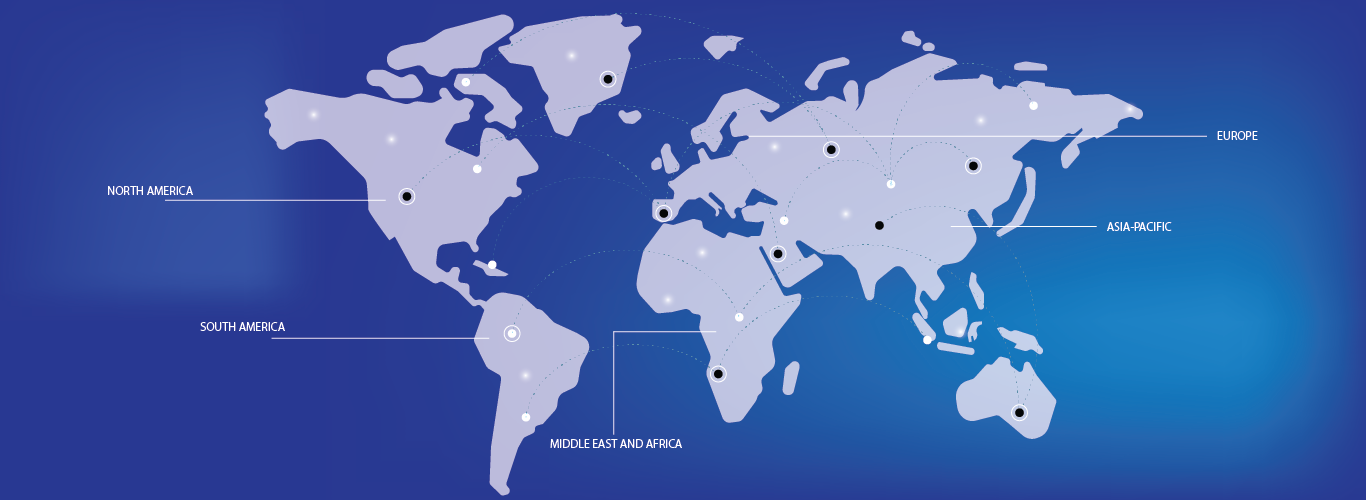The global 2nd generation lentiviral vector market is experiencing substantial growth due to the increasing demand for advanced gene therapies, personalized medicine, and the rise of innovative treatments for complex diseases like genetic disorders and cancers. 2nd generation lentiviral vectors are particularly valued for their enhanced safety profile and efficiency compared to earlier generations, making them a crucial tool in gene therapy applications. Lentiviral vectors are commonly used to deliver therapeutic genes into a patient's cells to correct genetic defects or treat chronic diseases, such as HIV and certain types of cancer. The market is being further driven by advancements in biopharmaceutical research and increasing government investments in gene therapies, along with the growing focus on precision medicine. Moreover, the expanding pipeline of gene therapy products and clinical trials utilizing lentiviral vectors are fuelling market growth.




